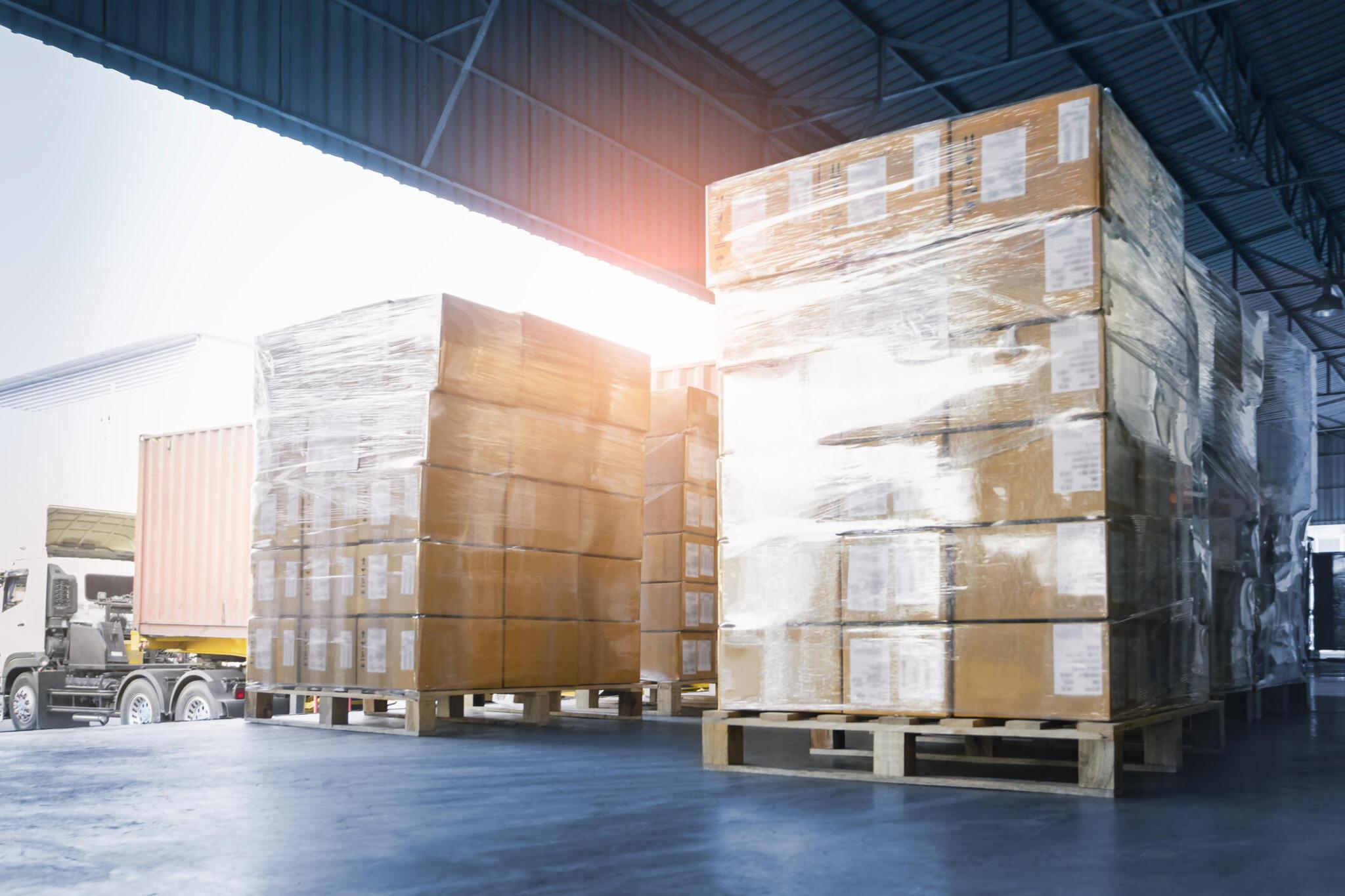Introduction:
In the vast world of logistics, where efficiency and cost-effectiveness are paramount, pallet shipping cost understanding the nuances of pallet shipping costs can make all the difference. Pallet shipping plays a crucial role in transporting goods across borders and continents, serving as the backbone of global trade. In this blog, we will delve into the intricacies of pallet shipping costs, exploring the factors that influence them and providing insights into how businesses can optimize their shipping strategies.

I. The Basics of Pallet Shipping:
Before delving into the cost considerations, let’s establish a foundational understanding of pallet shipping. Pallets serve as standardized platforms for transporting goods, facilitating easy handling and storage. They come in various sizes, with the most common being the standard 48 x 40 inches. Pallet shipping involves loading goods onto these pallets for secure transportation via different modes, including sea freight.
II. Factors Influencing Pallet Shipping Costs:
- Shipping Distance:
- The distance between the point of origin and the destination is a key factor in determining pallet shipping costs. Longer distances typically result in higher costs due to increased fuel consumption and transportation time.
- Weight and Dimensions:
- The weight and dimensions of the palletized goods directly impact shipping costs. Carriers often charge based on the cubic volume or weight of the shipment, whichever is greater. Efficiently packing goods onto pallets can help minimize costs.
- Mode of Transportation:
- Pallets can be shipped via various modes, including sea freight, air freight, and land transportation. Sea freight is generally more cost-effective for large shipments, while air freight is faster but tends to be more expensive.
- Shipping Container Type:
- The choice of shipping container influences costs. Full container loads (FCL) and less than container loads (LCL) have different cost structures. Understanding the shipping volume and choosing the appropriate container type can lead to significant cost savings.
- Customs and Duties:
- International shipments are subject to customs regulations and duties. Businesses need to factor in these additional costs, as they vary depending on the destination and the nature of the goods.
III. Strategies for Cost Optimization:
- Effective Packaging:
- Efficient packaging not only ensures the safety of goods but also optimizes space on pallets. Well-organized and secure packaging can help reduce shipping costs by maximizing the number of goods that can be transported in a single shipment.
- Bulk Shipping:
- Consolidating shipments into larger quantities can result in lower per-unit shipping costs. Businesses should explore options for bulk shipping to take advantage of economies of scale.
- Route Optimization:
- Choosing the most cost-effective shipping route is essential. Businesses should evaluate different shipping lanes, considering factors such as transit times, fuel costs, and potential delays, to find the optimal route for their shipments.
- Negotiating with Carriers:
- Building strong relationships with shipping carriers and negotiating favorable rates can lead to cost savings. Regularly reviewing and renegotiating contracts can help businesses adapt to changing market conditions.
Conclusion:
In the dynamic landscape of global commerce, understanding and managing pallet shipping costs is a key component of a successful logistics strategy. By considering factors such as shipping distance, weight, mode of transportation, and effective packaging, businesses can optimize their shipping processes and achieve cost savings. In a world where supply chain efficiency is synonymous with competitiveness, mastering the intricacies of pallet shipping costs can pave the way for sustainable growth and success.

